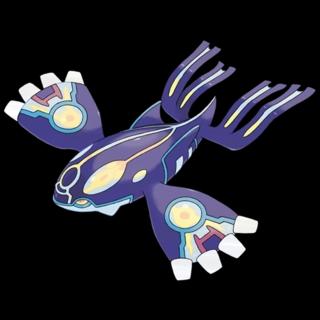Best Runerigus counters
The best Runerigus counters in Pokémon GO are Primal Kyogre, Mega Tyranitar, Mega Swampert, Mega Gengar, Shadow Kyogre, Shadow Tyranitar, and Mega Sceptile. These Pokémon perform best with the moves outlined below. We suggest a minimum group size of 1 - 3 Trainers to defeat Runerigus in a 3-Star Raid.
 Simulation settings
Simulation settings

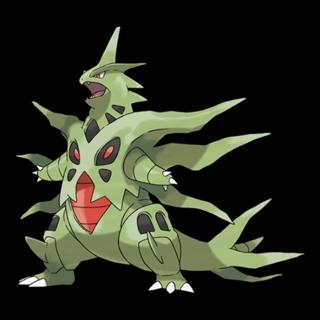 Mega Tyranitar
Mega Tyranitar
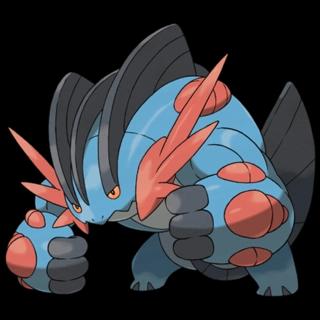 Mega Swampert
Mega Swampert
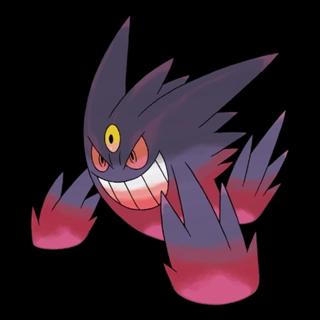 Mega Gengar
Mega Gengar
 Shadow Kyogre
Shadow Kyogre
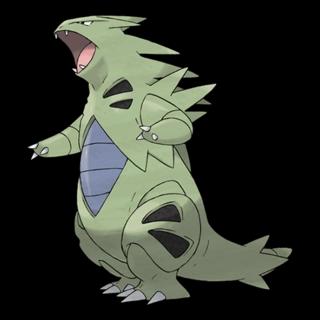 Shadow Tyranitar
Shadow Tyranitar
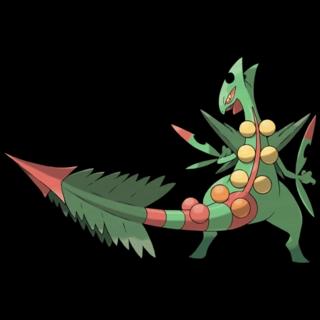 Mega Sceptile
Mega SceptileGroup size
You need at least 1 Trainers to defeat a Runerigus in a 3-Star Raid.
- 1
- 2
- 3
- 4
- 5
- 6
- 7
- 8
- 9
- 10
- 11
- 12
- 13
- 14
- 15
- 16
- 17
- 18
- 19
- 20
- Minimum group size: 1 Trainers
- Optimal group size: 2 - 3 Trainers
- Very easy with: 4+ Trainers
Runerigus CP range from Raids
Runerigus can be caught with the following Combat Power after being defeated in Raids:
- From 1231 CP to 1299 CP, with no weather boost
- From 1539 CP to 1624 CP with Sunny and Fog weather boost
